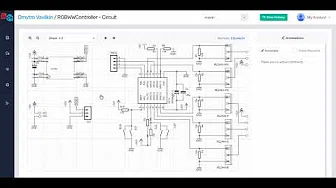Files
Scanning the repository...
README.mdLMB stands for Laser Monitoring Board. It is foreseen to drive and monitor the lasers at HL-LHC.
It will receive the 160 MHz clock and triggers info from lpGBT located on an embedded FE board (connected to a dedicated back end board).
There will be a 1280 MHz clock generator which will drive a fast 14 bits ADC to digitize a signal from a PIN diode to make an image of each laser pulse. The data of this ADC is splitted to 8 streams at 160 MHz using the compressed data format used for the barrel electronics.
There will be 7 LiTE-DTU to monitor the signals coming form the Spy-Box (11 PIN diodes (for 11 fibers) in parallel connected to a CATIA chip on each SpyBox submodule). Each Lite-DTU is streamed using the compressed data format used for the BArrel electronics.
All the streams are connected to the FE board to be sent to the Back-End electronics and thus be packed with the remaining part of the ECAL events.
The board generates triggers for lasers, DSO and others according to data received by the FE board. Each trigger can be tuned in delay.
There is also a connection by IPbus with a Gigabit ethernet port. For fast data monitoring and device programming
The board format is not yet fixed.








